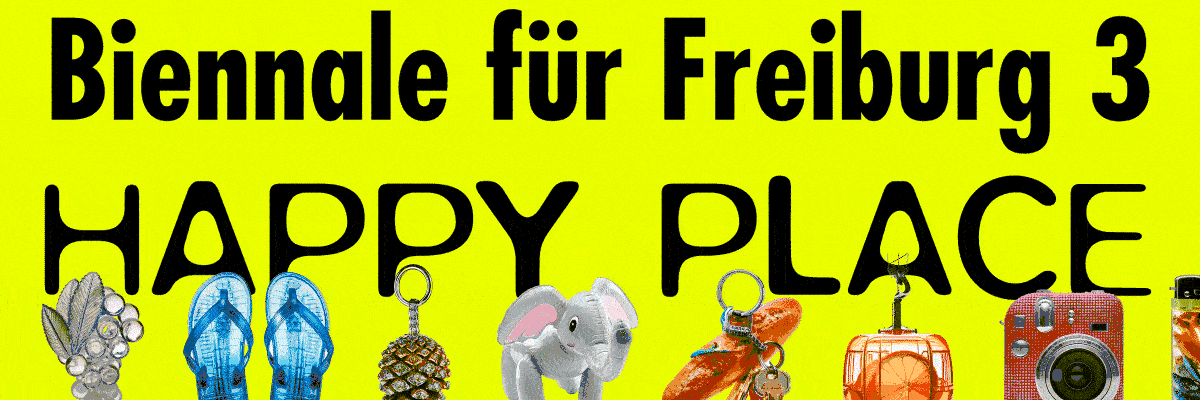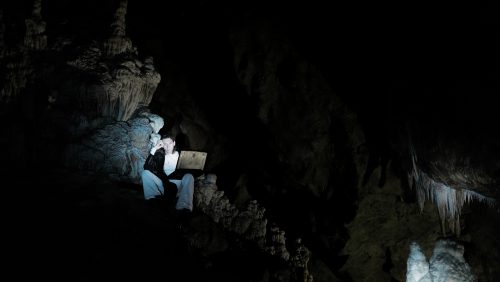
Isabella Fürnkäs, Johanna Odersky, Henrik Potter
Gespinst aus Raum und Zeit
Project Info
- 💙 Kunstverein Siegen
- 💚 Jennifer Cierlitza
- 🖤 Isabella Fürnkäs, Johanna Odersky, Henrik Potter
- 💜 Jennifer Cierlitza
- 💛 Simon Vogel
Share on

Henrik Potter, Installationview, Kunstverein Siegen, 2023
Advertisement

Henrik Potter, Installationview, Kunstverein Siegen, 2023

Henrik Potter, Installationview, Kunstverein Siegen, 2023

Henrik Potter, Detail, Tears, 2016-2019

Henrik Potter, Installationview, Kunstverein Siegen, 2023

Henrik Potter, Installationview, Kunstverein Siegen, 2023

Henrik Potter, Detail, For Rose (in love) or Goth Matisse

Isabella Fürnkäs, In Flagranti, Videoinstallation, 2022

Isabella Fürnkäs, In Flagranti, Videoinstallation, 2022

Isabella Fürnkäs, The Desiring Machines, 2022

Isabella Fürnkäs, The Desiring Machines, 2022

Isabella Fürnkäs, Remote Control, 2023

Isabella Fürnkäs, Remote Control, 2023

Isabella Fürnkäs, Remote Control, 2023

Isabella Fürnkäs, Remote Control, 2023

Johanna Odersky, Time Keeper VII, 2021

Johanna Odersky, Solitudinal Revolution, 2021

Johanna Odersky, Untitled, 2023

Johanna Odersky, Installationview, Kunstverein Siegen, 2023

Johanna Odersky, Heights and Depths Will Warm Me, Like the Sun, 2022
If we change space, we also change time. If time becomes too long, too short, too full, or too empty, then the space around us also changes. The title of the exhibition, ‚Gespinst aus Raum und Zeit,' is a quote from the philosopher Walter Benjamin, who lived in the first half of the 20th century. He coined the term 'aura' in his essay ‚Das Kunstwerk im Zeitalter der technischen Reproduzierbarkeit' He argued that in the past, works of art possessed a unique 'aura' or authenticity closely linked to their physical presence and uniqueness. With the advent of photography and film, however, it became possible to reproduce and disseminate images many times over. According to Benjamin, this led to the loss of the aura of a work of art.
From today's perspective, Benjamin's thesis is outdated in many respects. Nevertheless, his vivid consideration is important because it revolves around a special experience of space and time. Many contemporary artists explore the relationship between time and space and increasingly work with physical and material media:
The English-Swedish artist Henrik Potter (*1984 in Switzerland) lives and works in London. His practice includes painting, drawing, and screen or paravent-like installations. Space is a key element in his work, and he questions how people interact with it when art "intervenes" in a very material way, using mostly basic artistic materials of wood, fabric, and paint. His visual references are taken from a wide array of human experience. They form stand-ins for himself, or others. Physically, these screens or folding screens are, on the one hand, incidental to the space, but they also can be moved in a variety of ways, alienating themselves or possibly concealing something – and are also able to reveal. This play on the viewer's expectations changes the temporal horizon in which the works are perceived. They convey emotions and thus refer back to the spatiotemporal, identity-conveying phenomenon of the body.
Johanna Odersky (*1993 in Karlsruhe, lives in Berlin) is active in both the visual arts and the music scene. An important question she explores is how different life cycles can be brought into harmony with each other and how these rhythms can be altered by disturbances and events. In Siegen, she is showing carefully folded canvases in which the pictorial space performatively expands and collapses at the same time. Her installation in the shop window casts a glance at an upcoming concert and goes far beyond a mere announcement. A black curtain creates a kind of portal, a world of appearance, performance, and artistic presentation. Similarly, she views her musical compositions as continuously evolving spaces.
Isabella Fürnkäs (*1988 in Tokyo, lives in Berlin) deals with questions of physical and spatial intimacy, the influence of digitalization on interpersonal relationships, and changes in social communication patterns. Handmade clay models of cell phones contrast the flawless surfaces and presentation methods of smartphones and, in turn, ridicule them - how much of our inner selves do we transfer to these small, lifeless devices? A video installation is almost a peephole through which we gain voyeuristic insights into the privacy and intimacy of our everyday lives. Casually observed, private gestures in public are combined with an installation of drop-like glass objects, forming disturbingly intimate images. 'In Flagranti' is the title of the installation, which creates an intimate experiential space and reflects the viewer's own vulnerability.
Nowadays, in the age of technological reproducibility and digitalization, our ideas of space and time are constantly evolving - art is a means of capturing and reflecting these changes.
The exhibition is supported by the Kunststiftung NRW. A concert with Iku will take place on 11.11. at 8 pm. On the last day of the exhibition, on November 19 at 4 pm, we cordially invite you to a guided tour.
Jennifer Cierlitza




